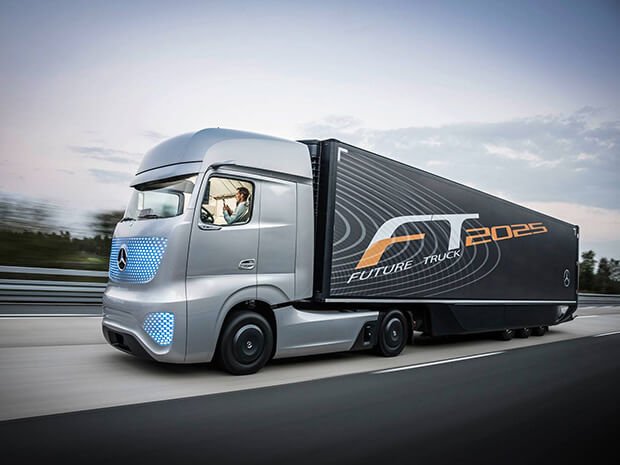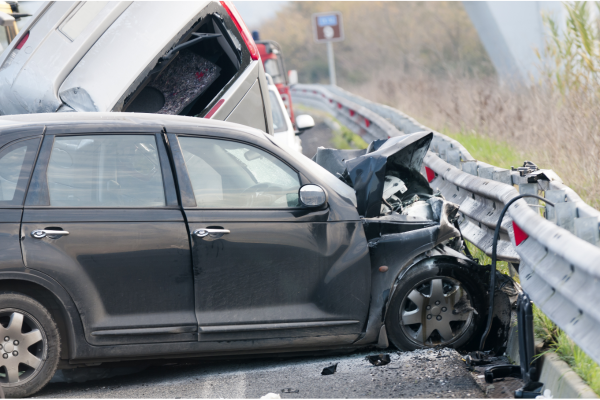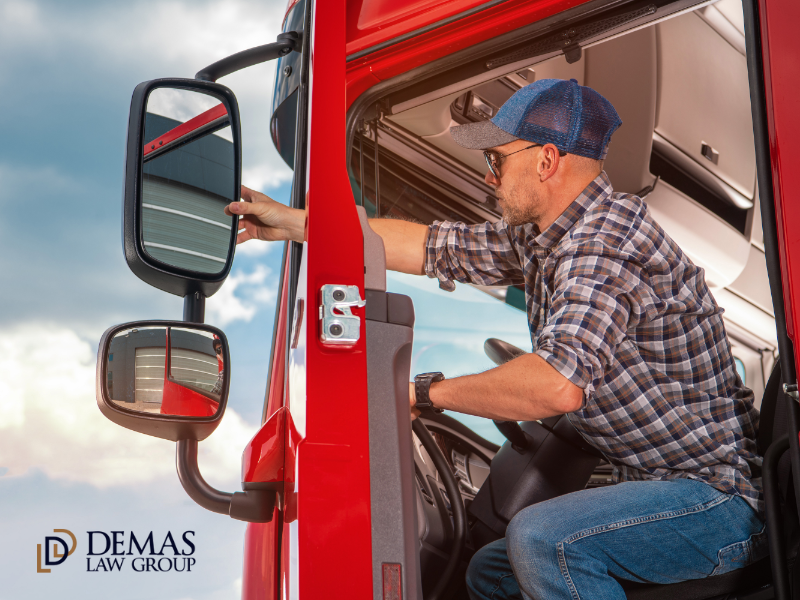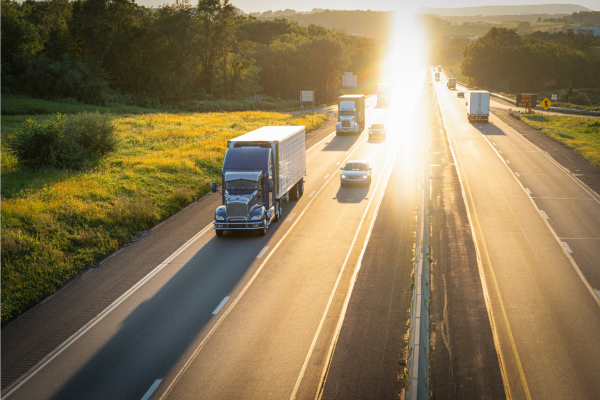Mercedes-Benz has long been known for innovation, but the latest technological advances are turning heads throughout the motor vehicle and computer worlds. Last week, Mercedes unveiled a robotic truck driving system that might allow long-distance truckers to get needed rest during long trips. However, some are wondering if the potential for abuse of such a system may outweigh its benefits.
You Want Who To Drive The Truck?
Mercedes has always been innovative when it comes to safety features incorporating technology into vehicles, and the new truck is no exception. Radical LED lighting and an aerodynamic design are expected of the truck giant, but the new radar and camera systems that help the truck driver itself on the open road are new additions.
Mercedes is adamant about the need for a human behind the wheel and has never billed its robotic system as a replacement for human drivers. The point of the new system is to maximize fuel economy and improve driver safety by supporting operators with robotics, not to replace them. The driver is not allowed to sleep while the truck is operating, nor is he or she to leave the driver’s seat for any reason.
Mercedes states that the purpose of the system is to empower drivers and enable them to perform office-type tasks, such as entering data into a computer system, while safely navigating the highways.
Of course, the cost of such a system, even if implemented by 2025 as the car maker plans, could be astronomical, possibly making the entire argument about driver safety a moot point. Trucking companies are often in the business of cutting costs, not increasing them, so the chances of any company paying large amounts of cash for what amount to a convenience rather than a necessity is slim.
The Personal Injury Aspect of Robotic Driving
When Google came out with its driverless cars, the immediate questions that arose had to do with safety. Could children or the handicapped operate driverless cars with no one else to help? Who would be responsible in a fatal self-driving auto accident? There have been no clearly defined answers to these questions as these cars are not yet prevalent on the road, but by 2040 it is estimated that three out of four cars will be driverless. At some point, the personal injury aspect of robotic driving must be addressed.
If the personal injury aspect of robotics is anything like other areas of the law, the owner of the vehicle will be made to take responsibility, even if he or she is not driving at the time. Computer technology may also assist in helping to determine who is at fault if there is a crash with a robotic vehicle. Already, the “black boxes” on cars record speed and stopping time prior to a crash as well as other information that helps crash analysts determine fault.
If you or a loved one have been injured in a truck accident, contact a personal injury attorney immediately for help in recovering compensation for your expenses.











